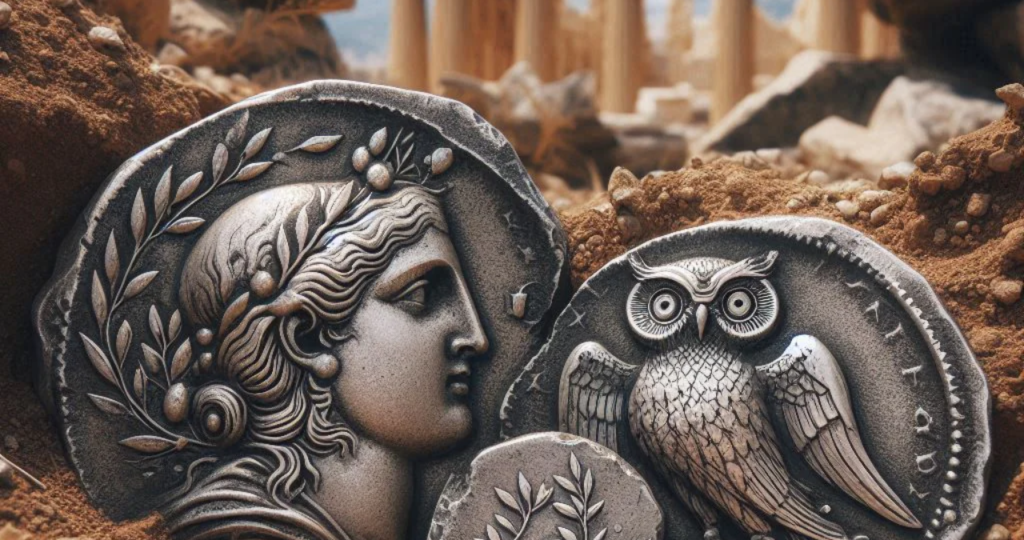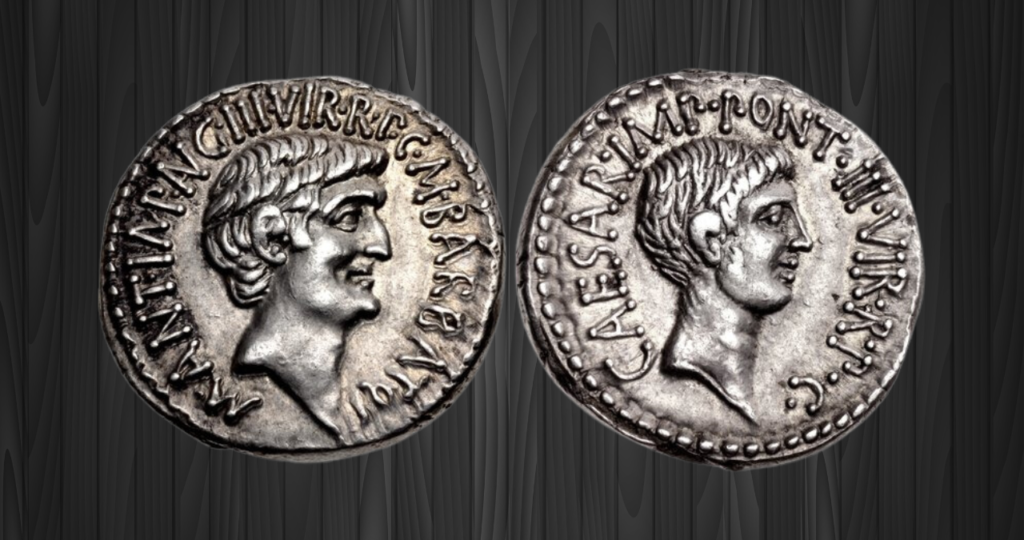Coins are not just a means of exchange; they are also a reflection of the cultures, values, and artistry of their times. Throughout history, coins have evolved dramatically in design, materials, and symbolism. Let’s take a look at some significant coins from various eras and cultures that showcase this evolution.
Ancient Greek Tetradrachm: A Symbol of Wisdom

The Ancient Greek Tetradrachm, minted around 510 BC, is one of the earliest known coins. It featured the owl, a symbol of wisdom, on one side, while the other side depicted the head of Athena, the goddess of wisdom and warfare. These coins were crucial in trade across the Mediterranean and showcased the high level of artistry in Greek society.
Made primarily of silver, each Tetradrachm weighed around 17 grams, making it a substantial coin for its time. The intricate designs were struck using high-quality dies, setting a standard for future coin designs.
Dollar Coins: Are They Worth More Than Their Face Value?
Roman Denarius: Power and Prestige

Emerging in 211 BC, the Roman Denarius became an essential part of the Roman economy. One side of the coin typically featured the head of a prominent figure, such as Julius Caesar, while the reverse showcased various deities or significant events in Roman history.
Made of silver and weighing about 4 grams, the Denarius represented the power and reach of the Roman Empire. Its detailed engravings reflected the values and achievements of Roman society, marking a shift toward a more standardized currency system.
Byzantine Solidus: Consistency in Design

Introduced by Emperor Constantine I in 312 AD, the Byzantine Solidus served as the primary gold coin of the Byzantine Empire. The obverse usually depicted the emperor’s bust, while the reverse often featured Christian symbols like the cross.
Weighing approximately 4.5 grams, the Solidus was known for its remarkable consistency in design and purity. This coin played a vital role in trade across Europe and Asia, helping maintain the strength of the Byzantine economy over the centuries.
Medieval European Penny: Everyday Transactions

The Medieval European Penny emerged around the 8th century. Initially made of silver, this small yet significant coin featured the reigning monarch’s profile on one side, with the reverse typically displaying a cross or other religious symbols.
Although modest in size, the penny was essential for everyday transactions and showcased intricate artistry reflective of the medieval era. Collectors value these pennies for the historical and cultural insights they provide into the period.
Renaissance Italian Ducat: Wealth and Artistry

The Italian Ducat, first minted in Venice in 1284, gained prominence during the Renaissance. The obverse often depicted the Doge of Venice kneeling before Saint Mark, while the reverse showed Christ standing. Made of gold and weighing about 3.5 grams, Ducats symbolized wealth and artistic achievement.
Their consistent design and high purity made them reliable currency, reflecting the flourishing art and commerce of the Renaissance. Today, Ducats are cherished for their beauty and historical significance.
Spanish Dollar (Pieces of Eight): Global Trade Icon

The Spanish Dollar, also known as Pieces of Eight, became famous in the 16th century and was widely used in international trade. The obverse typically featured the Spanish coat of arms, while the reverse displayed a cross with castles and lions.
Weighing about 27 grams, the Spanish Dollar was crucial in global commerce and influenced many modern currencies, including the US dollar. Its distinctive size and detailed design made it an icon of its time.
British Sovereign: Symbol of Power

First minted in 1489, the British Sovereign featured the reigning monarch on one side and Saint George slaying the dragon on the reverse. Made of gold and weighing approximately 8 grams, the Sovereign symbolized Britain’s growing power and influence.
Its design and purity remained consistent over centuries, and it played a vital role in both British and global commerce. Collectors value Sovereigns for their historical importance and artistic quality.
French Louis d’Or: Royal Prestige

Introduced by Louis XIII in 1640, the Louis d’Or featured the king’s bust on one side and a cross with fleur-de-lis on the reverse. Weighing about 6.7 grams, this gold coin symbolized French royal power and prestige.
Known for its high gold content, the Louis d’Or’s design reflected the grandeur of the French monarchy and played a significant role in European trade. Collectors prize these coins for their elegance and historical value.
American Eagle Coin: Modern Symbol of Freedom

The American Eagle Coin was first issued in 1986 and features Lady Liberty on the obverse, while the reverse depicts a family of eagles. These coins symbolize American freedom and strength. Available in gold, silver, or platinum, American Eagles are known for their purity and come in various weights, catering to different investors. The design blends modern and classical elements, making it a beloved coin in contemporary coinage.
The Most Valuable U.S. Copper Coins You Might Have in Your Pocket
Euro: Unity Through Currency

The Euro was introduced in 1999, replacing multiple national currencies. Early designs featured maps and architectural elements, symbolizing European unity. Made from various metals, each Euro coin has unique reverse designs representing different countries. Common motifs include famous landmarks, reflecting Europe’s diverse heritage and economic cooperation.

